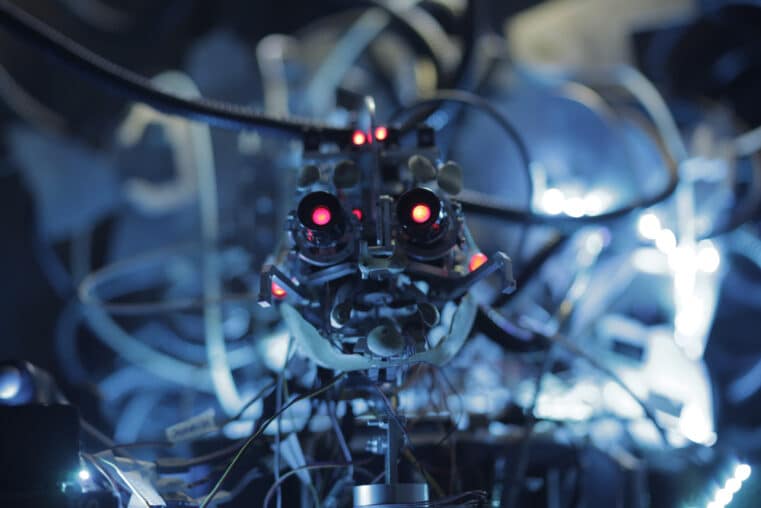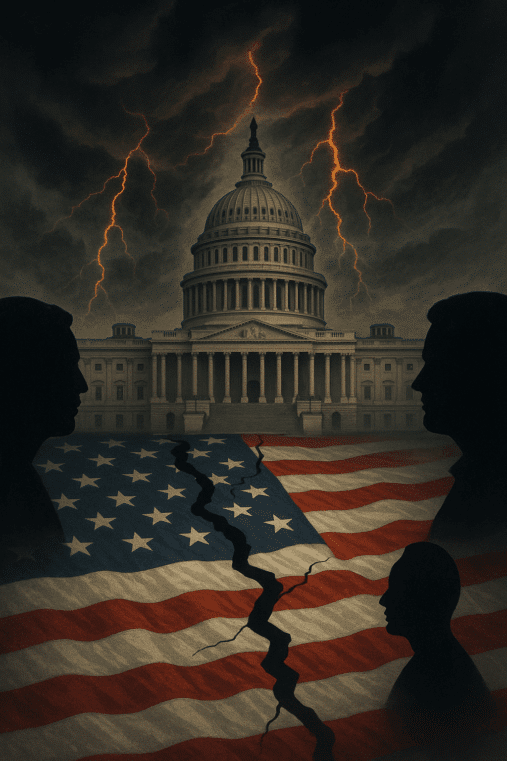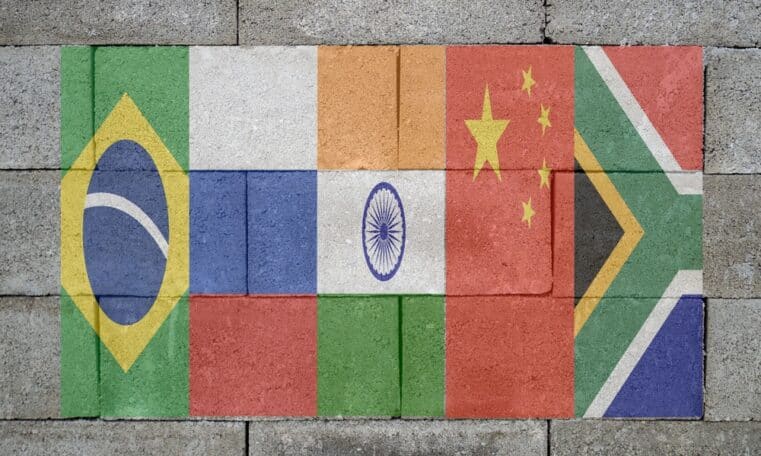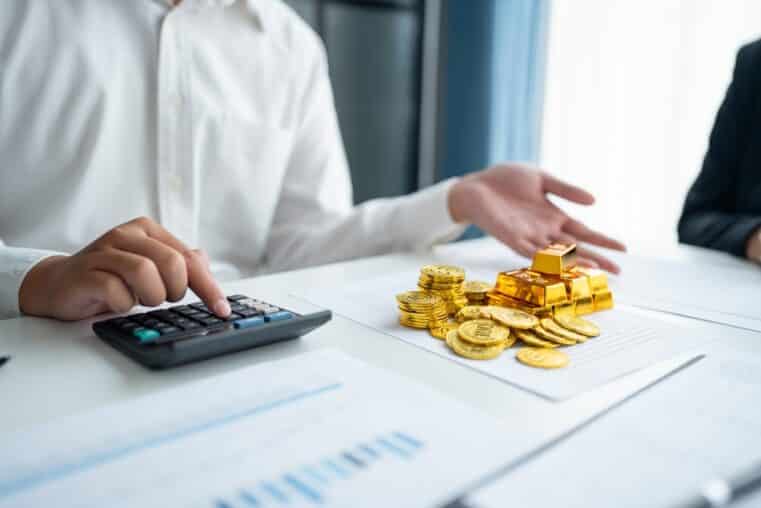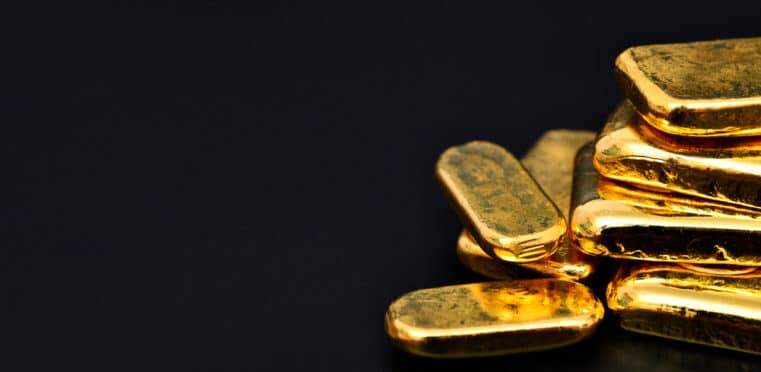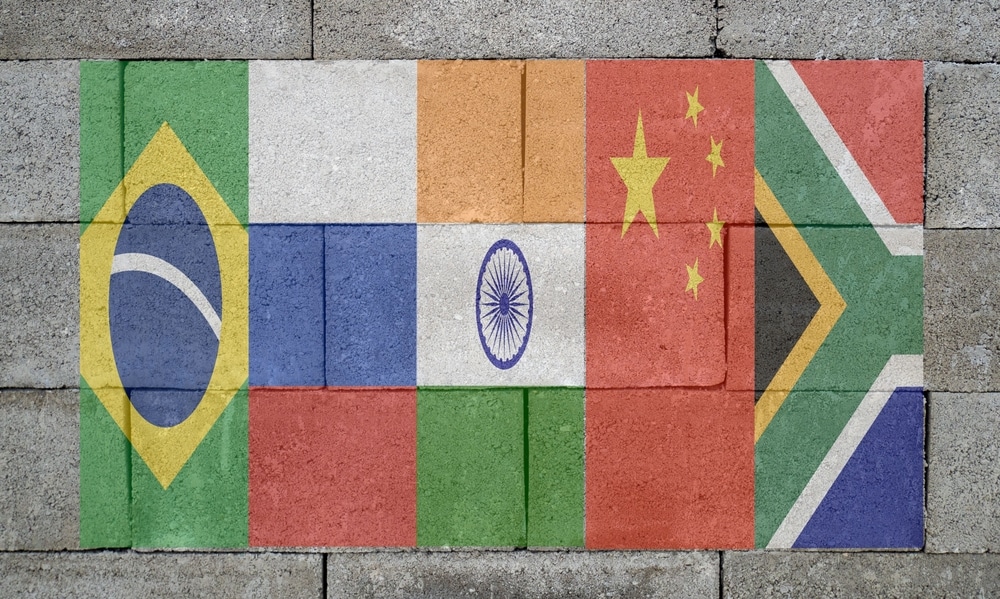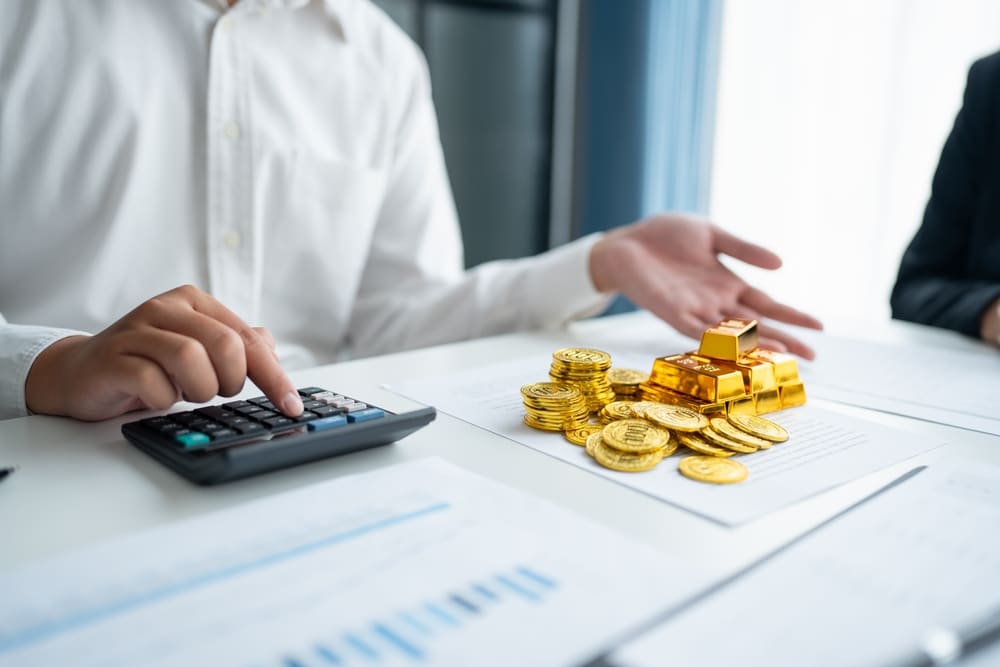
Central Banking: The Root of Our Economic Woes
People vote to improve their own economic well being, among other things...
If you’ve paid close attention to the contentious discourse surrounding many of our presidential elections, you’ll find that much of the vitriolic rhetoric and irresolvable arguments are grounded on strong sentiments stemming from personal experiences of daily economic reality.
But their focus is not always on target...
You will also notice that many of the opinions people express--from half-baked rationales to full-on ideological rants--are more a product of emotion than reason. But many of us are smart and reasonable people. So why is this the case? Perhaps the object of our reasoning, with regard to economic realities, is just difficult to find.
In fact, the cause of our dire economic situation IS hidden...but in plain sight.
Contrary to popular opinion, presidents can only do so much. The CENTRAL BANK holds the key...and they have led us to economic instability while peddling a false sense of security.
If the Trump trade falters, Trump will be blamed...
The markets will crash. When it happens can’t be predicted, but that it does happen can. Markets are subject to cycles of boom and bust. But this one is part of an increasingly vicious and “manufactured” cycle, the type that can only be created by a central bank; an unnatural phenomenon whose creation exists beyond the generative means of any presidential administration or any “natural” business cycle.
Sadly, people have grown so accustomed to these unnatural cycles that they have forgotten their root cause, instead, attributing these severe boom and bust cycles to government and corporations.
Since the lows of 2009, the Dow Jones Industrial Average is up 230%! A staggering rise. If you view this historically, no stock rally has gone on for over a decade without a correction of at least 20%. Those who think that it can continue at its current pace risk a delusion similar to that which plagued homebuyers leading up to the 2008 housing crash.
Direct your view toward the wizards behind the curtain...
The sad fact is that no matter who would’ve won this last presidential election, the central banks had done enough damage to the system that the foundations of our economy were already vulnerable to the slightest crack!
Think about it:
- Trump came into office amidst a time when stock market valuations were high.
- George W. Bush came in at a similar time, only to catch the dot-com bubble and the 2008 crash.
- Bill Clinton came in at a time when the stock market was starting to rally, and he left just in time.
Do you see a pattern? If any president catches a boom or bust period, they are often hailed or blamed for the outcome. But did they truly engineer these cycles? Who else manned the controls behind the curtain, other than Greenspan, Bernanke, and now Yellen--The Fed, our central bank?
To fully understand how this works, we need to revisit the origins of central bank corruption...
The Bank of North America--our first central bank--had as one of its strongest drivers a Nationalist congressman by the name of Robert Morris. In the late 18th century, leading up to the establishment of the bank, Morris had been working as a defense contractor who, according to Murray Rothbard had "siphoned off millions from the public treasury into contracts to his own … firm and to those of his associates."
An outspoken Nationalist (also known as Federalists), Morris’ agenda was to create a financial system that essentially mirrored the British mercantilist system: the very system that American Revolutionaries had just overturned by defeating Britain!
A mercantilist system meant Big Government: a strong centralized governing body upheld through public debt and heavy taxation on its citizens. It would also subsidize domestic manufacturing through the imposition of high tariffs. Finally, it would implement large-scale and far-reaching public works. An “Americanized” form of Great Britain.
A critical part of this scheme was to erect a central bank that had monopolistic powers with regard to issuing notes that are receivable to both state and federal governments. The central bank would lend its money to the federal government, and American citizens would be the ones to pay back the banks.
Perhaps you know the rest of the story. Morris’ bank scheme ended when his bank was privatized. But his youthful disciple, Alexander Hamilton, carried the mantle of Morris’ vision. In fact, Hamilton became the US’ first Treasury Secretary without having any financial background at all; this, due to Morris’ influence. In the end, Hamilton championed the First Bank of the United States which came into existence in 1791.
A history with details too rich to include in this article, the critical point is that it “fulfilled its inflationary potential,” issuing paper dollars by the millions.
The result: an inflationary price increase of 72% from 1791-1796.
The central bank was a destructive force that hampered the freedom and prosperity of its people. It was also a monopolistic tool of intervention that worked contrary to the natural free-market system.
When you think of central banks today--in our case the Federal Reserve--it’s virtually the same system!
It’s time to wake up to the real culprit of economic woes trickling down to our day-to-day financial realities!




